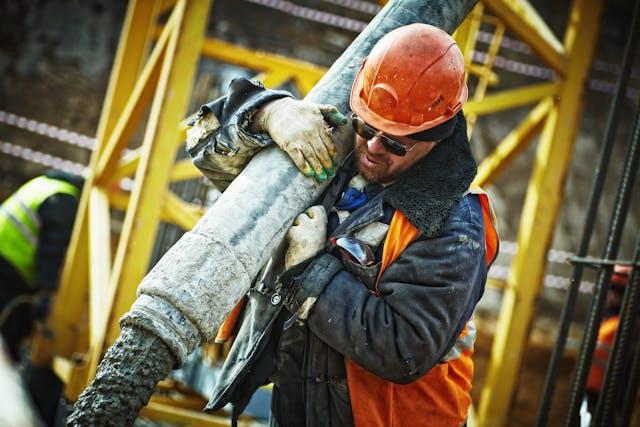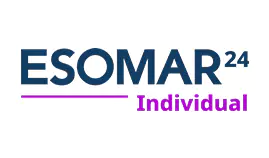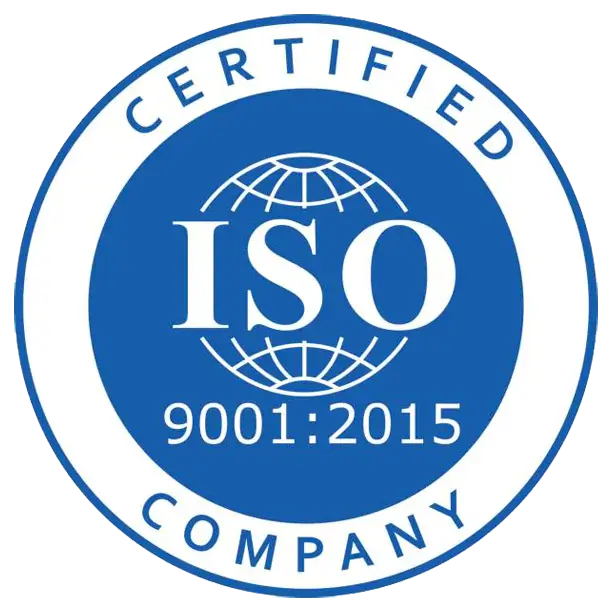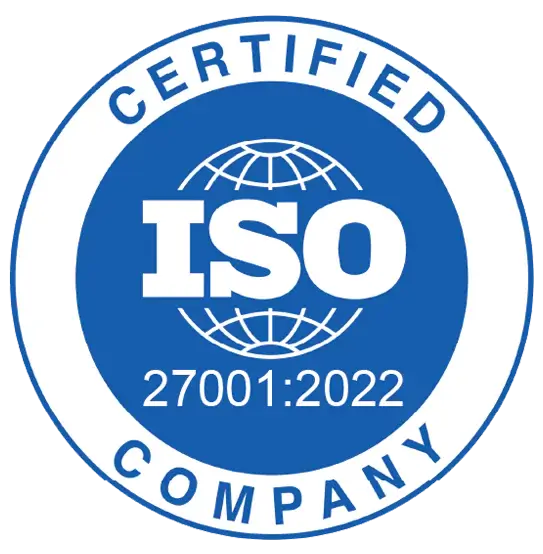
While there have been significant advances in technology and safety protocols, mining and construction remain among the most hazardous industries for workers. According to a recent Key Work Health and Safety Statistics Australia report published by Safe Work Australia, 27 fatalities occurred in the construction industry in 2022; the mining industry recorded a total of 7 fatalities in the same year.
The nature of these industries inherently involves high-risk activities, which necessitate continuous improvements in health and safety practices. To mitigate further risks and ensure the well-being of their workers on-site, it’s therefore a must for mining and construction companies to adopt comprehensive and practical solutions such as the following:
Conducting Regular Training and Education
Assuming that workers are always aware of all the risks they are or might be exposed to and the safety measures they should observe while on the clock can prove to be a painful mistake for companies. It’s imperative to conduct regular training sessions to keep workers updated on the latest safety protocols and industry best practices. Simulations can be especially helpful to allow workers to experience and respond to potential hazards in a controlled environment. Additionally, workshops and seminars led by safety experts can reinforce the importance of adhering to safety standards and procedures.
Implementing Dust and Noise Control
Dust and noise are part and parcel of the construction and mining process, and controlling these pollutants is essential for protecting workers' health. The use of a dust suppression system can minimise airborne particles; additionally, regular monitoring of air quality can help ensure that dust levels remain within safe limits. Meanwhile, noise reduction measures like using quieter machinery and providing noise-cancelling ear protection can prevent hearing damage and improve overall working conditions.
Providing Personal Protective Equipment
It’s also a must for companies to offer easy access to personal protective equipment (PPE). Items such as helmets, gloves, safety goggles, and high-visibility clothing are essential for safeguarding workers against on-site hazards. In addition to making PPE available, these items should also be correctly used and maintained. Regular inspections can help identify wear and tear and ensure that the affected equipment is replaced before it fails. This should always be paired with continuous efforts to educate workers on the correct use and limitations of their PPE.
Proper Equipment Maintenance
The construction and mining industries make use of a wide range of equipment. The regular maintenance of these machines is vital to ensure their safe operation. Companies should therefore implement strict maintenance schedules and make sure that thorough inspections are carried out by qualified personnel. Any faults or issues should be promptly addressed to prevent equipment failures that could lead to accidents.
Implementing a robust maintenance management system makes it possible to track specific activities and ensure that all equipment is kept in optimal condition. This proactive approach reduces the likelihood of unexpected breakdowns and enhances overall site safety.
Auditing Site Safety Protocols
Routine safety inspections and audits are critical in identifying and rectifying potential hazards. As with equipment maintenance, safety inspections should be carried out by experts who can spot risks that might be overlooked by otherwise untrained eyes. Utilising checklists and digital inspection tools can streamline the process and help ensure comprehensive coverage of all safety aspects. Audits should be conducted regularly to assess the overall effectiveness of safety protocols and identify areas for improvement.
Using Safety Signage and Communication
Clear and visible safety signage are simple yet effective tools in informing workers about potential hazards and promoting safe practices. Signs should be strategically placed around the site to ensure they are easily seen. In addition to static signs, digital boards and mobile apps can provide real-time updates on safety conditions and alerts.
Implementing Emergency Response Plans
A well-developed emergency response plan makes managing safety incidents in a mining or construction site much more efficient. Some of the most important details that should be covered in these plans are procedures for different types of emergencies, such as fires, chemical spills, or medical emergencies. In addition, sites should also hold regular drills that will help workers become more familiar with response procedures. Providing first aid training and having readily accessible first aid kits in various locations across a site can also make a significant difference in emergency situations. The ultimate goal is to ensure that everyone knows their role and can act swiftly and efficiently when needed.
Providing Ergonomic Workstations
Musculoskeletal injuries account for a third of worker injuries and illnesses across industries, which means that preventing these injuries can lead to a significant reduction in downtimes among workers. One way of doing this is by designing ergonomic workstations that are tailored to the specific tasks being performed and the physical needs of the workers. For instance, adjustable equipment like chairs and tool supports can help workers maintain proper posture and reduce strain. Investing in ergonomic solutions not only improves safety but also increases productivity and worker satisfaction.
The Management’s Role in Promoting Health and Safety in Work Sites
People in management roles should take the lead in promoting a strong safety culture in the workplace. They can do this by implementing the above-mentioned solutions, as well as supporting reward programs for safe behaviour and encouraging open communication channels for reporting hazards. In addition, they can also encourage workers to take responsibility for their safety and the safety of their colleagues, an initiative that fosters a collaborative approach to risk management. When safety becomes a core value, it permeates every aspect of the workplace and leads to better outcomes for everyone.






